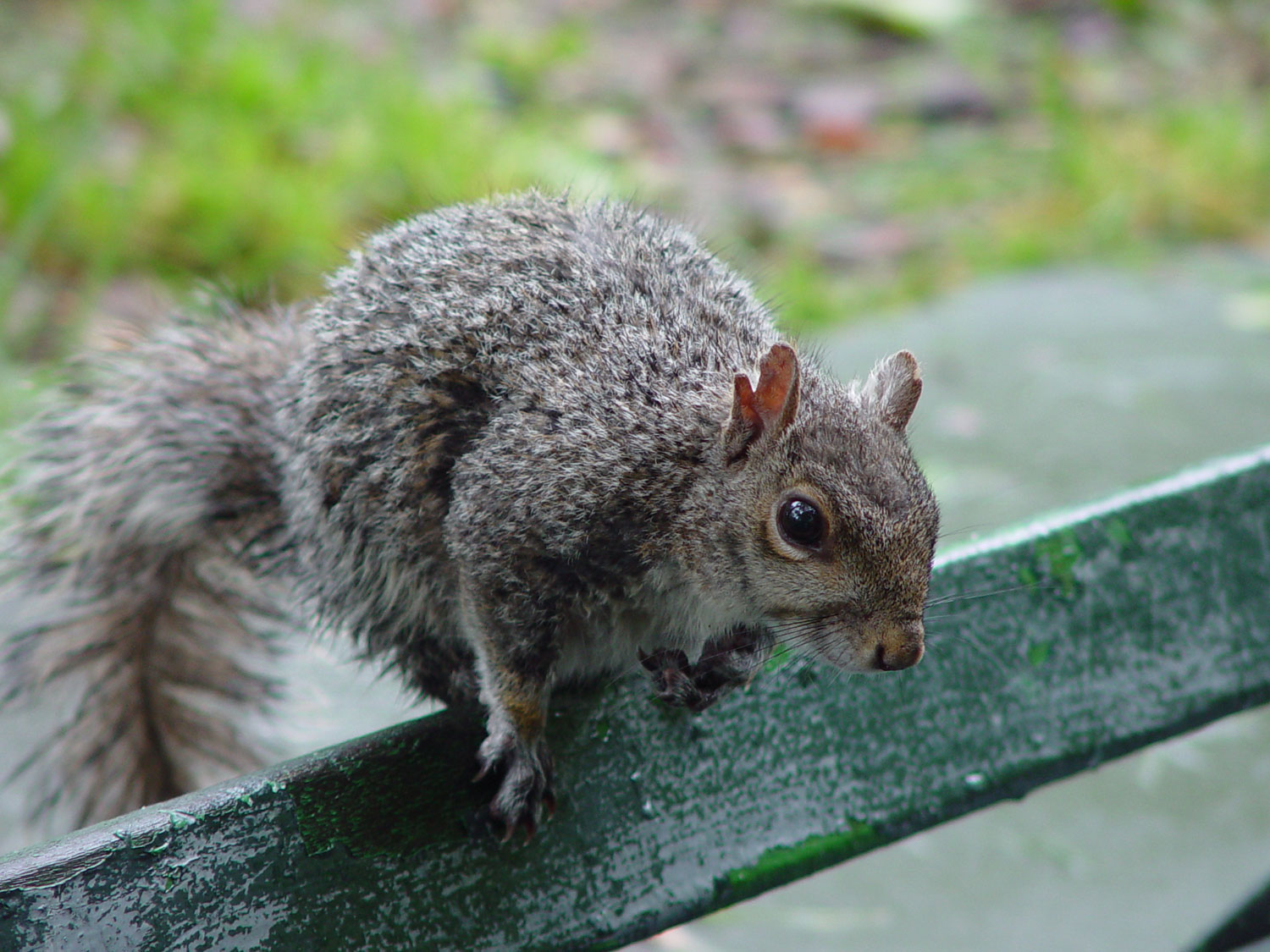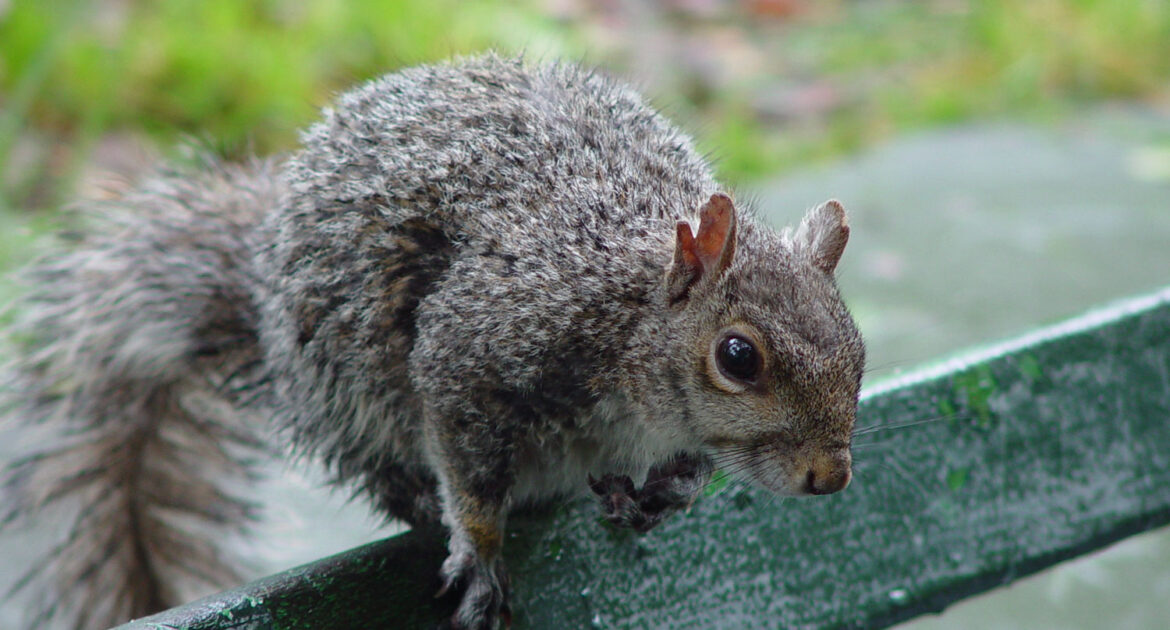Coquitlam has three main species of squirrels: grey, red, and the northern flying squirrel. While these rodents look cute, they still pose a potential risk to the community if their population grows too high or they take up residence in places that may cause damage to your home. To best protect your home and property, informing yourself about these species can serve as the first line of defence.
For more information about these squirrel species, as well as tips on how to shield your home from their unwanted presence, check out our guide below.
Grey Squirrel
Grey squirrels are among the most common in most Northwestern cities. You’ve likely seen their grey or black fur and long, fluffy tail as they’ve scurried through a park or up a tree. While not native to British Colombia, they’ve discovered the perks of urban living and have expanded in population in cities up and down North America.
However, their growth in cities doesn’t indicate they’ve replaced the local squirrel population or act as an invasive species. Native species of squirrels tend to stick to rural areas or forest habitats, while grey squirrels flourish in urban locations.
Red Squirrel
Unlike their grey cousins, red squirrels are native to British Columbia. Red squirrels are named after their distinct rusty-red fur, though they also have white spots or are completely white on their bellies and chest.
A red squirrel is around half the size of a grey one. This lack of size suites them well in the forest, which they prefer over residential neighbourhoods.
Northern Flying Squirrel
The northern flying squirrel can be found in mature forests. There they spend their days sleeping and their nights gliding through the air with the help of skin flaps connected to their front and back legs. These faux wings allow the northern flying squirrel to be a more-than-capable long jumper.
Protecting Your Home
Because of their preferred places to live, you’re more likely to encounter a grey squirrel here in Coquitlam. If you do see a red or northern flying squirrel, it’s probably on its way home or making an isolated trip. This also makes them less of a threat to your home.
Grey squirrels, however, often come into conflict with their human neighbours. Homeowners may find squirrel nests in all sorts of obtrusive places, such as attics, chimneys, or walls. Once these critters have established themselves, they often begin to chew through wires and wood or dig up garden beds. Furthermore, their scurrying serves as an auditory annoyance echoing through walls or overhead.
The best defence against grey squirrels is prevention. Secure and cover your garbage bins and try to place bird feeders, a common squirrel attractor, somewhere difficult to reach. If squirrels are finding their way into your house from the roof, trim any overhanging branches and block access to vents or the chimney.
If you’re unable to prevent squirrels from moving in, it can be difficult to remove them. You can try common, humane harassment techniques like playing the radio near their den so they think humans are present. These DIY tactics are not usually effective and this is where Skedaddle comes to the rescue. Our trained technicians provide strategies to prevent squirrels from returning once we humanely remove them and one effective technique is to install a one-way door near their habitat. This prevents them from re-entering.
Squirrel Removal in Coquitlam
The best course of action to remove a squirrel is to call a professional squirrel removal service like Skedaddle Wildlife. We can take humane action to rid your home of the squirrel issue while taking preventative measures to stop their return. Contact us today for any of your wildlife control needs.




